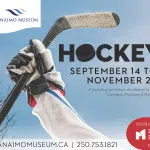
Naturopathic doctors aren’t solution to primary care crisis: doctors, health experts
Vancouver naturopathic doctor Vanessa Lindsay has been treating a longtime patient’s high blood pressure through nutrition and exercise.
“She’s lost weight. She’s stronger. She’s eating well. She’s hydrated. She’s sleeping better,” said Lindsay.
But the patient is still on two blood pressure medications — and because naturopathic doctors in British Columbia are allowed to prescribe drugs, Lindsay works with her patient on those, too.
“I can support her in monitoring and safely weaning off one when it’s appropriate,” said Lindsay, who is also the president of BC Naturopathic Doctors.


